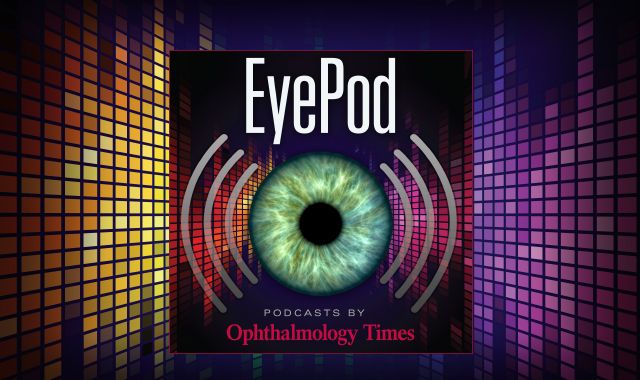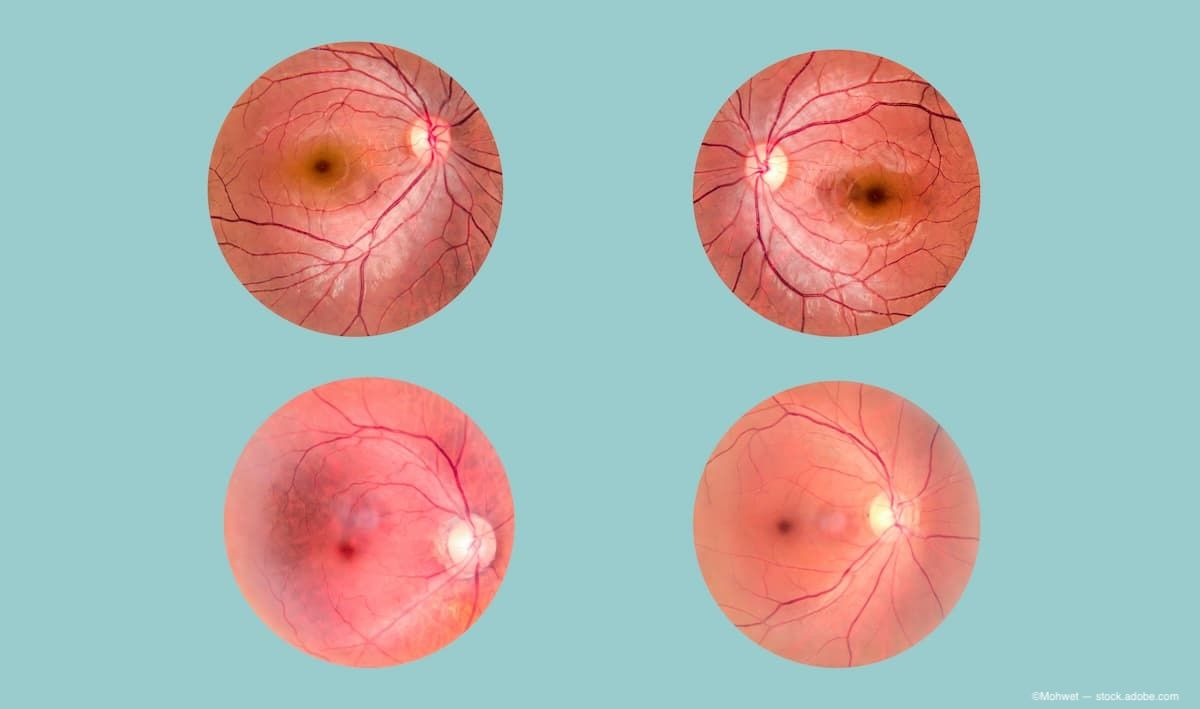News
Article
Notal Vision publishes positive results from pivotal study of AI algorithm in home-based OCT system
Author(s):
Key Takeaways
- The AI algorithm demonstrated strong repeatability and agreement with expert graders in segmenting hypo-reflective spaces in nAMD patients.
- The AI's repeatability in estimating retinal hypo-reflective space volumes surpassed that of in-office imaging devices.
Results from the study assisted Notal Vision in receiving De Novo authorization from the US FDA for the SCANLY Home OCT in 2024.
(Image Credit: AdobeStock/Odin AI)

Notal Vision has announced positive results from a pivotal study evaluating the performance of an artificial intelligence (AI) algorithm for the estimation of key biomarkers in neovascular age-related macular degeneration (nAMD) using a home-based optical coherence tomography (OCT) system. The results were recently published in Ophthalmology Science.
The cross-sectional study involved 336 nAMD patients from 6 US retina clinics presenting a diverse set of co-existing pathologic features. According to the company,1 this makes segmenting specific biomarkers associated with nAMD particularly challenging for AI algorithms. Patients independently captured 4 images each using 2 home OCT devices while in the clinic, without any assistance from a technician. For comparison, patients were also imaged on an in-office OCT device.
In the trial, the AI algorithm looked for hypo-reflective spaces in the images, including sub- and intraretinal spaces, and quantified total retinal hypo-reflective space volumes. Both home and in-office OCT images were also graded by experts for detecting for hypo-reflective spaces in the intra- and subretinal compartments. The 2 key outcomes the study evaluated were; repeatability of the algorithm estimating total retinal hypo-reflective space volumes on home OCT images and the agreement between the AI and expert graders in segmenting hypo-reflective space.
According to the results, the AI algorithm performed well in both outcomes, showing strong repeatability and agreement with expert graders. It was noted that the repeatability of total retinal hypo-reflective space estimates from successive home OCT images and the AI algorithm was higher than repeatability of estimates using an in-office imaging device and expert grading. Additionally, the agreement of hypo-reflective spaces segmentation between AI and graders was no different than the agreement between graders themselves.
Eric Schneider, MD of Tennessee Retina and senior author of the study commented on the results in a press release from Notal Vision1 saying "This is one of the most significant studies related to [AI] and retinal disease management as it led to clearance of the first-ever AI for OCT. It should give retina specialists a great deal of confidence in adopting this patient monitoring program."
In May 2024, Notal Vision’s self-operated SCANLY Home OCT device was granted De Novo authorization through the US FDA. It was also designated by the FDA as a Breakthrough Device for patients with wet, or nAMD.
References:
Notal Vision Announces a Pivotal Study Demonstrating the Efficacy of AI in Enabling Home OCT Monitoring. Published February 3, 2025. Accessed February 3, 2025.https://www.newsfilecorp.com/release/239216/Notal-Vision-Announces-a-Pivotal-Study-Demonstrating-the-Efficacy-of-AI-in-Enabling-Home-OCT-Monitoring
Newsletter
Don’t miss out—get Ophthalmology Times updates on the latest clinical advancements and expert interviews, straight to your inbox.





